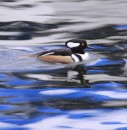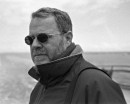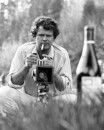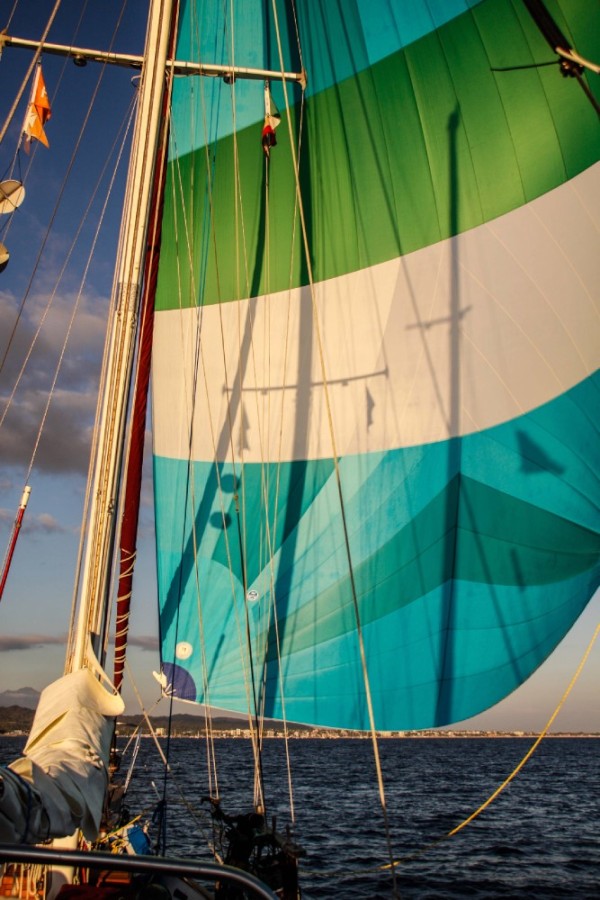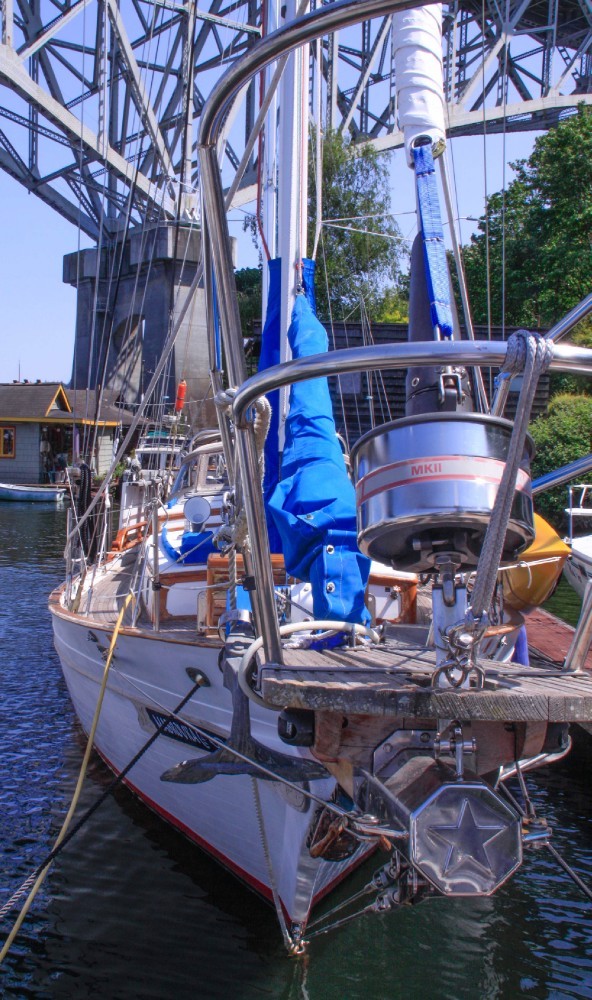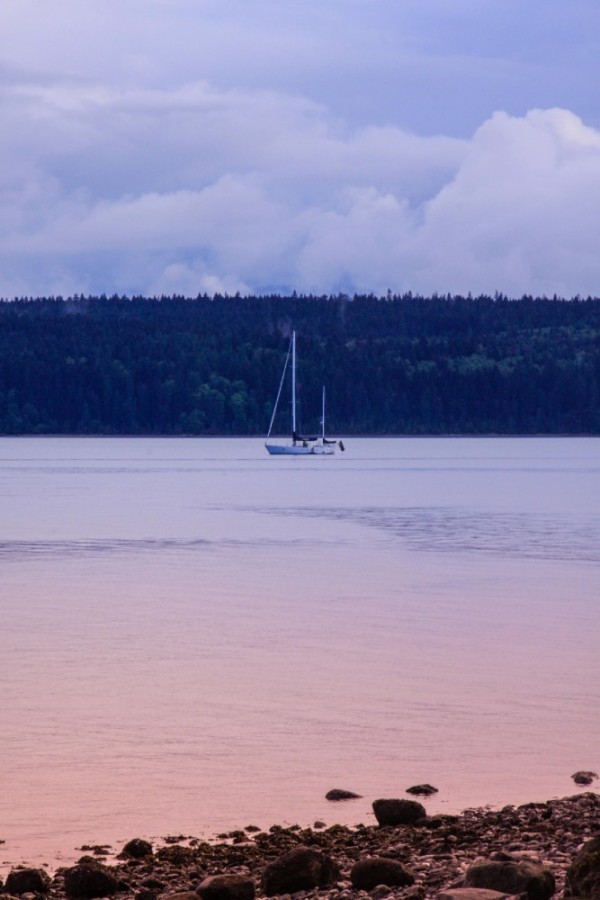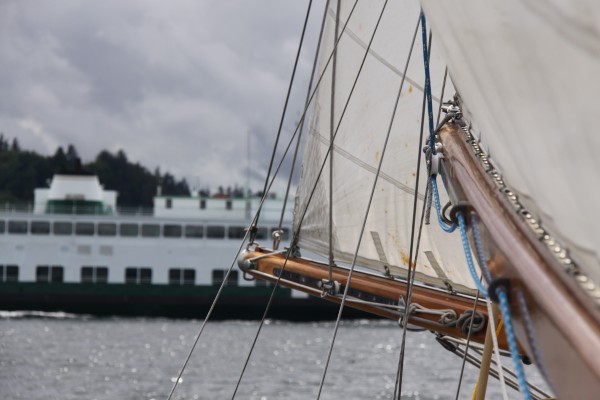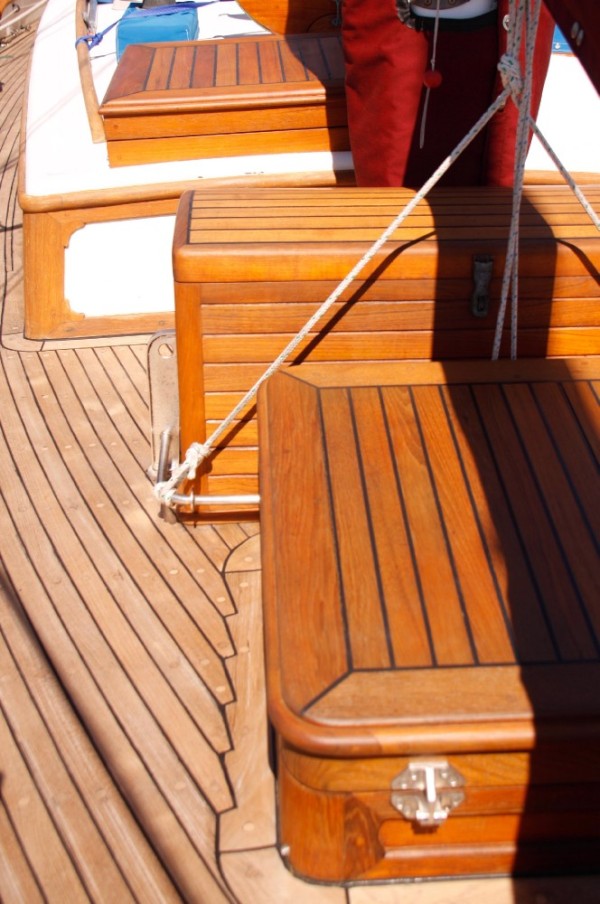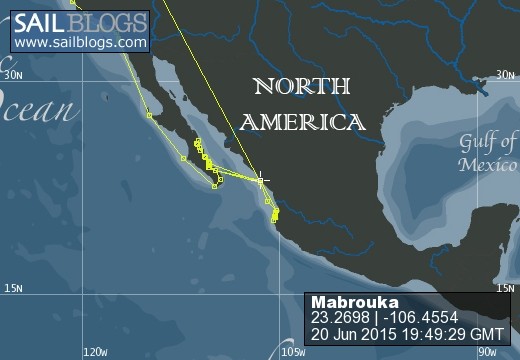
Blessed Lady
This is the cruising blog of the sailing yacht Mabrouka. The Favorites in the side bar allow those with discriminating taste to filter for just the stuff you want to read. Thanks for visiting, Roy.
13 September 2015
21 August 2015
21 August 2015
21 August 2015
20 June 2015 | Marina Mazatlan, Mazatlan, Mexico
15 June 2015 | Marina Mazatlan, Mazatlan, Mexico
15 June 2015 | Marina Mazatlan, Mazatlan, Mexico
15 June 2015 | Mazatlan Marina, Mazatlan Mexico
13 April 2015 | Off Club Nautico, Mazatlan Commercial Harbor, Mazatlan, MX
15 February 2015 | Marina Mazatlan, Mazatlan, Mexico
13 February 2015 | Marina Mazatlan, Mazatlan, Mexico
25 January 2015
06 January 2015 | Mazatlan, MX
24 December 2014 | Marina Mazatlan, Mazatlan, Mexico
24 December 2014 | Mazatlan, MX
22 December 2014
21 December 2014
18 December 2014 | Playa Isla de la Piedra, Mazatlan, MX
18 December 2014 | Mazatlan, MX
15 December 2014 | Ensenada des los Muertos, Mexico
Neah Bay to Bandon
22 August 2014 | Bandon, OR
Roy / Overcast and breezy
I shouldn't have left it so long to record this epic voyage. Yeah, right, ...epic? Yes, perhaps the most epic stretch of water this old sailor might ever see. There are longer voyages planned and to more exotic places, but the coasts of Washington and Oregon are known to offer some of the most challenging encounters between weather and shoreline anywhere. The Pacific High focuses the wind patterns and the northern Pacific generates the currents that are responsible for having battered Washington and Oregon into the rocky formations that dominate the northwest corner of America for thousands of miles.
Perhaps these tidbits of sea lore were already drifting around in the northern fjords of my mind, but they didn't really begin to agglomerate into real thought-bergs until I started hanging out with Seattlites who said they wanted to sail to San Francisco. The question as to whether to stay off shore 100 miles or harbor-hop down the coast is a debate that I was anxious to hear out. Is it best to head straight southwest from Cape Flattery to 100 miles away from the craggy shore, then dive straight south until a southeasterly course takes you to the Golden Gate? On the other hand, you're SO far from help out there, maybe it's a wiser route to "hug" the coast, never straying beyond 10, 15, 20 miles so that you can duck into any number of harbors for shelter and the solace of your friendly, neighborhood mechanic. Oh, but there are lots of fishing boats plowing those foggy waters not to mention huge, freighters charging relentlessly up and down the coast and there's fog too and, oh, all those crab pots to get tangled up in. And then there's the fog, ...too. But the waves are bigger and the winds stronger away far off shore and can the Coast Guard even get out to save you if you lose your mast or spring a leak? Then again, if you're on the inshore route and the weather gets bad, half the time the harbor entrances are closed because the storm you're trying to get out of has filled them with 15 foot breakers that are poised to grind your stout vessel to smithereens on those supposedly sheltering breakwaters. Well, what about...
I might as well have been listening to an episode of Soupy Sales with Whitefang and Blacktooth having it out over some nonsensical topic, "Oh bleah? Oh bleah bleah! Bleah? Oh bleah bleah bleah!" (I'm dating myself. Go to this YouTube video to see what I'm talking about.) With bad and good on both sides, this life and death decision hinges, I think, mostly on how secure you feel in severing your umbilical to dry land. That security, too, is bolstered or weakened by your confidence in your boat and your seamanship. Then, and not least, it depends on how you feel about conditions at decision-making time.
Participating in the discussion didn't resolve it for me since I saw no winning logic either way. The tendency among the crew aboard Mabrouka was to go off shore, ...mostly, I think, to indulge in our sense of adventure. The wide open sea was beckoning us.
Dawn broke on August 19th with a brisk breeze blowing from the south across Neah Bay, even though weather reports told of rather light winds on the Straits. Accepting the probability that 15 knots from the south was strictly a local effect, we hauled anchor and set off in the wakes of Abby Normal and Andante at about 7:30 am.
It wasn't five minutes after having secured the anchor in its bow chock that Mabrouka's engine stuttered and quit. I knew the sound, ...no fuel. I also knew the cause, ...the hash I'd made of it in bleeding the air out of the system the night before when I'd changed the fuel filter. With a somewhat higher pitch to my voice than usual, I called out to my faithful crew and we soon had the genny unfurled and were sailing back into the anchorage. We hadn't gotten far enough out into the channel to get ourselves into a bind with restricted maneuvering space, so it was pretty much a piece of cake to claw a little way back up wind into the bay and set the anchor again. With Robert's help, we soon chased the miscreant air pockets out through temporarily loosened fuel fittings and the engine started smartly up again. The anchor was soon up and we headed out again.
On the cusp of our first real trials at sea, we were confronted with sloppy waves, little wind, and lots of fog that quickly took Cape Flattery from our view. On a clear day we might have been tempted to slip between the cape and Tatoosh Island, a rocky conglomeration that leaves an enticing quarter-mile gap between crashing waves. Well, it's not really likely I would have taken Mabrouka through there in the best of circumstances. Certainly not in this case, and we made our way northward to where we could sail due west past the buoy that warns mariners away from Duncan Rock another half mile or so above Tatoosh.
After awhile we turned toward a southerly heading, but by this point time was starting to dissolve into the fog around us and distances were impossible to judge. There was some debate among the crew about how far out we'd come and whether to take on a more westerly or easterly heading. That was resolved when the curtain of grey mist lifted to show us a shrouded panorama of rocky shore only a mile or so to the east. Yikes! We didn't go THAT way.
I think it was Jim who, after a while of motoring through the clumsy ocean, mentioned the preamble we four mariners had agreed upon that we were, after all, sailors and had come out here to sail. "Huzzah for sailing!" we all shouted, and up went the sails and silent went the engine.
From this point on, the rest of the trip to San Francisco has started to knead itself into a ball of amorphous dough for me. That's my fault for having left it back in the pantry of my mind to rise on its own. I've punched it down every once in a while, but the fact is that now that I'm finally separating it into smaller portions, bits and pieces that should be in one loaf may end up spread around several muffins.
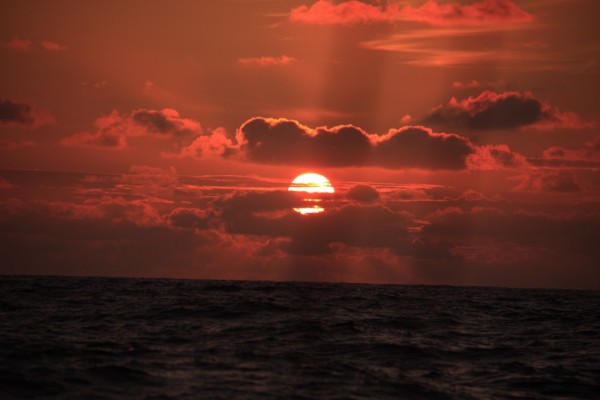 None of us claimed to have iron stomachs, and each of us had our own strategies to combat seasickness. Robert stuck with his scopolamine patch. Jim tried various approaches. Ed and I went au natural, although I intended to fall back on Saltine crackers and candied ginger in case of emergency. Ed was the solo absolute hold out against mal de mer. I maintain that I held up, too, with only about a two minute bout of dry heaves, a well-deserved reward for spending five minutes below on the radio. Jim says that it still counts! No excuses!
None of us claimed to have iron stomachs, and each of us had our own strategies to combat seasickness. Robert stuck with his scopolamine patch. Jim tried various approaches. Ed and I went au natural, although I intended to fall back on Saltine crackers and candied ginger in case of emergency. Ed was the solo absolute hold out against mal de mer. I maintain that I held up, too, with only about a two minute bout of dry heaves, a well-deserved reward for spending five minutes below on the radio. Jim says that it still counts! No excuses!
True to Robert's prediction, none of us felt much like eating until a few days into the voyage, then his passion for cooking kicked in and he began to treat us to delicious early afternoon meals that would make any sea-chef proud. Jim started to worry about actually putting ON, instead of losing weight. In any case we had access to plenty of hot, protein that kept the fires stoked against the cool nights. We even had a birthday party WITH CAKE! Robert whipped up a confectionary miracle for Ed's 79th birthday, celebrated somewhere 50 or 60 miles off shore.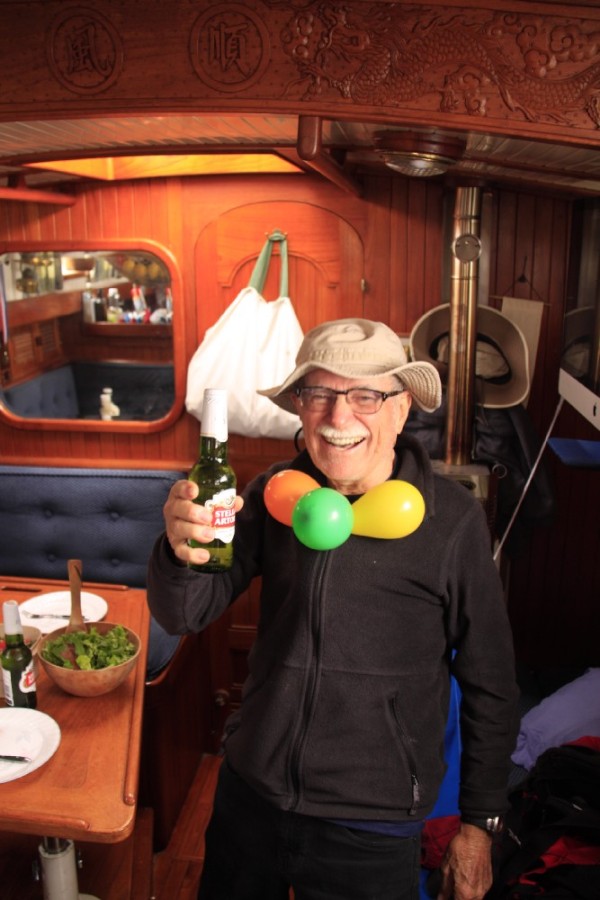
General malaise was a more ubiquitous companion than seasickness for the first few days, although I'm sure it's a symptom and not a separate malady. Not only did we not feel like eating, we really felt only like sitting in the cockpit and watching the ocean go by. At some point on the second day I got up the energy to look at our battery levels. I'd installed a "smart" battery charging system to manage the distribution of power from the engine alternator among the starting, communications, and house batteries. While the engine was on, all should have been at a cozy 13.5 volts or so, and I was alarmed to see our house battery below 12, while the starting battery seemed to be charging continuously. The primary power draw for the autopilot depended on the house bank and I couldn't afford to have it die under us. Eventually I devised to switch battery bank leads to give the house batteries priority, and that tided us over for the meantime.
Three stretches of water loomed ahead of us in daunting shadows that obscured our view of San Francisco bay, Capes Blanco and Mendocino, and the notorious Four Fathom Bank that stands directly before the northern approach to the Golden Gate. Cape Blanco would provide the most vigorous test, leaving Mendocino in second and San Francisco a distant third.
I think it was our second afternoon out that Blanco chased us southward with 30-plus knots of wind and following seas that approached from directly astern and from our starboard quarter. Mabrouka's stem parted the waters ahead of us with a roar while her stern rose all but silently to the swell, keeping the 12 to 15 foot waves from swamping us from behind. With just the right combination of stern and quartering waves, though, Mabrouka would roll treacherously to the side, taking in beam seas that flooded over the bulwark and filled the footwell in the cockpit. Ed would perch above the rushing tide, one short-topped boot on the port taffrail and the other on the rim of the galley porthole until the water drained away.
We were all too focused on events topside to realize that a hanging net's worth of ripening nectarines and tomatoes was doggedly committing suicide down below. It wasn't until I went off watch that night that I discovered that at least one piece of fruit had dashed itself to a pulpy mess against the bulkhead over my bunk. The morbid scene of red and yellow ooze had to be wiped down and my bed cover sopped somewhat dry before I could rest that night.
The wind meter hadn't caught up with us from it's spot in RayMarine's repair shop before we departed Anacortes, so I'm left with just a guesstimate of our wind speed. Spindrift was blowing off the tops of the waves, pursuing us at an even greater speed than the frothing, white crests themselves. The water's surface crinkled in tight, tiny ripples that also threw a fog up into the air that was taken immediately away by the wind. The sky rose silvery-grey and stayed that way all day, only darkening back to its original morning's deep grey and back to black as night fell.
We began our sleigh-ride with only about a third of the genny unfurled and a main that was still double-reefed from the night before. This kept us rolling along at between seven to nine knots, with the occasional burst above eleven. Mabrouka felt pretty steady in these conditions, but it took constant attention and vigorous exercise for us to keep her from rounding up and broaching in the following seas, so eventually the genny was furled altogether. I don't remember how long this went on, but Mabrouka gave us a thoroughly glorious ride and I'm very proud of the old girl.
It was during an SSB radio net conference with our buddies on Andante and Abby Normal that we were warned of ever increasing storm conditions off the coming Cape Mendocino. Mendocino is an ocean ridge nominally 20 miles wide that reaches a good 200 miles westward from the main land that throws up a virtually unavoidable stretch of bad water in the transit south. At first my Captainly reaction to this daunting information was to mariner onward, looking ever forward to the challenges that old King Neptune might throw at us. We'd weathered Cape Blanco in fine style, after all. Thinking some more on it afterwards and consulting with the ever-wise crew about our battery charging problems, we decided it would be wiser to head in and deal with electricity than head south and deal with wind. Turning from due south to southeast, we headed in to meet up with the others in Bandon, Oregon.
It was a calm, but desolate escape to land that required a vigilant eye and ear to glean clues of fishing boats or other sailors on the black ocean that surrounded us. Their lights would glow in the distance long before we could see their hulls, and these often provided the only reference points to steer by in the dark night. A fog fell and grew thicker as we approached the Coquille River bar in the port of Bandon, and Robert wisely pulled the throttle back a couple of notches in the soupy morning light.
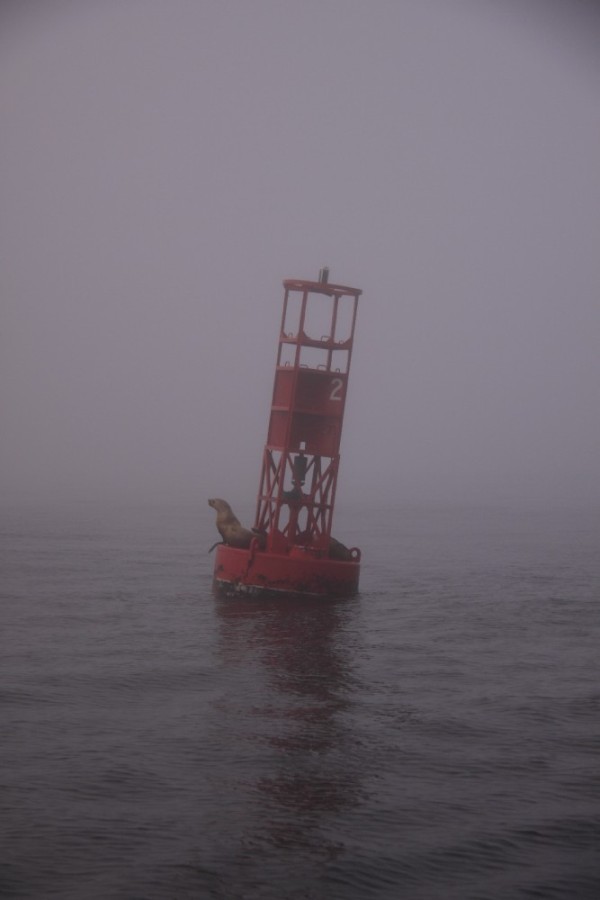 Our navigation held true and we came upon the outer entrance buoy around 8 am. We'd called the Coquille River Patrol for bar-crossing advice and they seemed almost depressed to tell us that there was no appreciable break across the entrance and that the tide was high enough to provide plenty of clearance for Mabrouka's 6-1/2 foot draft. It was foggy, though, and they almost chirped with glee at the prospect of us requesting an escort down the channel. That seemed like a welcome service to me, so I burdened them with a request and the crew's breathing relaxed as we proceeded to circle the entrance buoy in wait for the motor-lifeboat's arrival.
Our navigation held true and we came upon the outer entrance buoy around 8 am. We'd called the Coquille River Patrol for bar-crossing advice and they seemed almost depressed to tell us that there was no appreciable break across the entrance and that the tide was high enough to provide plenty of clearance for Mabrouka's 6-1/2 foot draft. It was foggy, though, and they almost chirped with glee at the prospect of us requesting an escort down the channel. That seemed like a welcome service to me, so I burdened them with a request and the crew's breathing relaxed as we proceeded to circle the entrance buoy in wait for the motor-lifeboat's arrival.
The Coquille River Patrol kept frequent cell phone contact with us while we waited. We hadn't made much progress toward the originally predicted half-hour arrival time, though, when we were informed of a mechanical issue with the motor-lifeboat and that they'd be delayed at least half an hour. The fog gradually lifted as we motored in great, boring circles and got ever more intimately acquainted with the seals perched on the buoy. Visibility improved steadily and we made our way to the next buoy inward. Not only were the threatening rocks south of the entrance standing out like great, giant's teeth, but we could see clearly all the way down the entrance by the time the Coast Guard boat appeared in the channel. I was somewhat embarrassed under the baffled stares from the flotilla of local fishermen in their meager skiffs and runabouts when the big, grey, surf-hardened motor boat took up station next to Mabrouka's proud form, but endured it as thanks to the Coastie's dedication and zeal.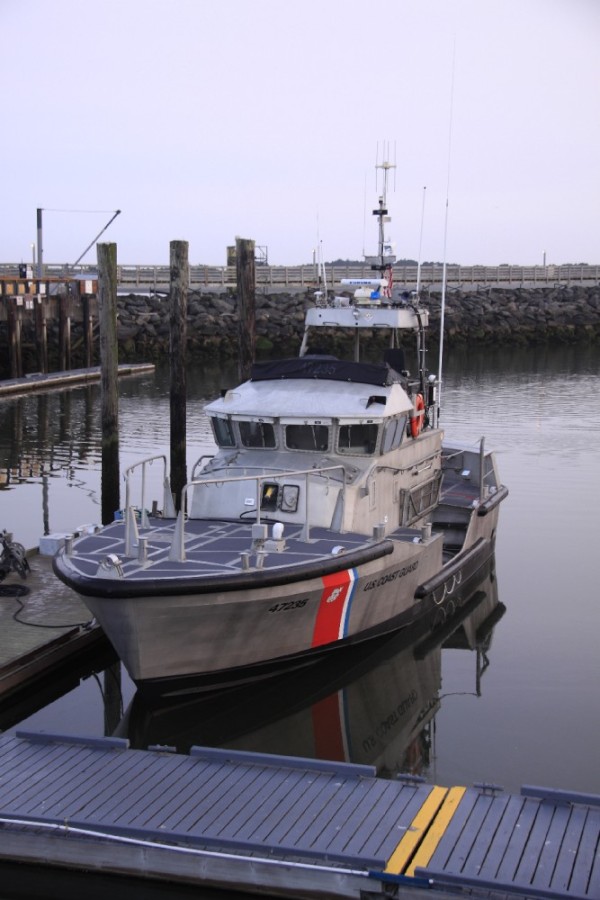
It was a welcome sight to see Andante and Abby Normal in the marina, their crews standing by to take mooring lines as we pulled into our slip. We spent several nice, long, windy days there as we worked on the electrical problem, solved some other issues, and generally enjoyed the shore-side amenities with our cruising companions.
Perhaps these tidbits of sea lore were already drifting around in the northern fjords of my mind, but they didn't really begin to agglomerate into real thought-bergs until I started hanging out with Seattlites who said they wanted to sail to San Francisco. The question as to whether to stay off shore 100 miles or harbor-hop down the coast is a debate that I was anxious to hear out. Is it best to head straight southwest from Cape Flattery to 100 miles away from the craggy shore, then dive straight south until a southeasterly course takes you to the Golden Gate? On the other hand, you're SO far from help out there, maybe it's a wiser route to "hug" the coast, never straying beyond 10, 15, 20 miles so that you can duck into any number of harbors for shelter and the solace of your friendly, neighborhood mechanic. Oh, but there are lots of fishing boats plowing those foggy waters not to mention huge, freighters charging relentlessly up and down the coast and there's fog too and, oh, all those crab pots to get tangled up in. And then there's the fog, ...too. But the waves are bigger and the winds stronger away far off shore and can the Coast Guard even get out to save you if you lose your mast or spring a leak? Then again, if you're on the inshore route and the weather gets bad, half the time the harbor entrances are closed because the storm you're trying to get out of has filled them with 15 foot breakers that are poised to grind your stout vessel to smithereens on those supposedly sheltering breakwaters. Well, what about...
I might as well have been listening to an episode of Soupy Sales with Whitefang and Blacktooth having it out over some nonsensical topic, "Oh bleah? Oh bleah bleah! Bleah? Oh bleah bleah bleah!" (I'm dating myself. Go to this YouTube video to see what I'm talking about.) With bad and good on both sides, this life and death decision hinges, I think, mostly on how secure you feel in severing your umbilical to dry land. That security, too, is bolstered or weakened by your confidence in your boat and your seamanship. Then, and not least, it depends on how you feel about conditions at decision-making time.
Participating in the discussion didn't resolve it for me since I saw no winning logic either way. The tendency among the crew aboard Mabrouka was to go off shore, ...mostly, I think, to indulge in our sense of adventure. The wide open sea was beckoning us.
Dawn broke on August 19th with a brisk breeze blowing from the south across Neah Bay, even though weather reports told of rather light winds on the Straits. Accepting the probability that 15 knots from the south was strictly a local effect, we hauled anchor and set off in the wakes of Abby Normal and Andante at about 7:30 am.
It wasn't five minutes after having secured the anchor in its bow chock that Mabrouka's engine stuttered and quit. I knew the sound, ...no fuel. I also knew the cause, ...the hash I'd made of it in bleeding the air out of the system the night before when I'd changed the fuel filter. With a somewhat higher pitch to my voice than usual, I called out to my faithful crew and we soon had the genny unfurled and were sailing back into the anchorage. We hadn't gotten far enough out into the channel to get ourselves into a bind with restricted maneuvering space, so it was pretty much a piece of cake to claw a little way back up wind into the bay and set the anchor again. With Robert's help, we soon chased the miscreant air pockets out through temporarily loosened fuel fittings and the engine started smartly up again. The anchor was soon up and we headed out again.
On the cusp of our first real trials at sea, we were confronted with sloppy waves, little wind, and lots of fog that quickly took Cape Flattery from our view. On a clear day we might have been tempted to slip between the cape and Tatoosh Island, a rocky conglomeration that leaves an enticing quarter-mile gap between crashing waves. Well, it's not really likely I would have taken Mabrouka through there in the best of circumstances. Certainly not in this case, and we made our way northward to where we could sail due west past the buoy that warns mariners away from Duncan Rock another half mile or so above Tatoosh.
After awhile we turned toward a southerly heading, but by this point time was starting to dissolve into the fog around us and distances were impossible to judge. There was some debate among the crew about how far out we'd come and whether to take on a more westerly or easterly heading. That was resolved when the curtain of grey mist lifted to show us a shrouded panorama of rocky shore only a mile or so to the east. Yikes! We didn't go THAT way.
I think it was Jim who, after a while of motoring through the clumsy ocean, mentioned the preamble we four mariners had agreed upon that we were, after all, sailors and had come out here to sail. "Huzzah for sailing!" we all shouted, and up went the sails and silent went the engine.
From this point on, the rest of the trip to San Francisco has started to knead itself into a ball of amorphous dough for me. That's my fault for having left it back in the pantry of my mind to rise on its own. I've punched it down every once in a while, but the fact is that now that I'm finally separating it into smaller portions, bits and pieces that should be in one loaf may end up spread around several muffins.
 None of us claimed to have iron stomachs, and each of us had our own strategies to combat seasickness. Robert stuck with his scopolamine patch. Jim tried various approaches. Ed and I went au natural, although I intended to fall back on Saltine crackers and candied ginger in case of emergency. Ed was the solo absolute hold out against mal de mer. I maintain that I held up, too, with only about a two minute bout of dry heaves, a well-deserved reward for spending five minutes below on the radio. Jim says that it still counts! No excuses!
None of us claimed to have iron stomachs, and each of us had our own strategies to combat seasickness. Robert stuck with his scopolamine patch. Jim tried various approaches. Ed and I went au natural, although I intended to fall back on Saltine crackers and candied ginger in case of emergency. Ed was the solo absolute hold out against mal de mer. I maintain that I held up, too, with only about a two minute bout of dry heaves, a well-deserved reward for spending five minutes below on the radio. Jim says that it still counts! No excuses!True to Robert's prediction, none of us felt much like eating until a few days into the voyage, then his passion for cooking kicked in and he began to treat us to delicious early afternoon meals that would make any sea-chef proud. Jim started to worry about actually putting ON, instead of losing weight. In any case we had access to plenty of hot, protein that kept the fires stoked against the cool nights. We even had a birthday party WITH CAKE! Robert whipped up a confectionary miracle for Ed's 79th birthday, celebrated somewhere 50 or 60 miles off shore.

General malaise was a more ubiquitous companion than seasickness for the first few days, although I'm sure it's a symptom and not a separate malady. Not only did we not feel like eating, we really felt only like sitting in the cockpit and watching the ocean go by. At some point on the second day I got up the energy to look at our battery levels. I'd installed a "smart" battery charging system to manage the distribution of power from the engine alternator among the starting, communications, and house batteries. While the engine was on, all should have been at a cozy 13.5 volts or so, and I was alarmed to see our house battery below 12, while the starting battery seemed to be charging continuously. The primary power draw for the autopilot depended on the house bank and I couldn't afford to have it die under us. Eventually I devised to switch battery bank leads to give the house batteries priority, and that tided us over for the meantime.
Three stretches of water loomed ahead of us in daunting shadows that obscured our view of San Francisco bay, Capes Blanco and Mendocino, and the notorious Four Fathom Bank that stands directly before the northern approach to the Golden Gate. Cape Blanco would provide the most vigorous test, leaving Mendocino in second and San Francisco a distant third.
I think it was our second afternoon out that Blanco chased us southward with 30-plus knots of wind and following seas that approached from directly astern and from our starboard quarter. Mabrouka's stem parted the waters ahead of us with a roar while her stern rose all but silently to the swell, keeping the 12 to 15 foot waves from swamping us from behind. With just the right combination of stern and quartering waves, though, Mabrouka would roll treacherously to the side, taking in beam seas that flooded over the bulwark and filled the footwell in the cockpit. Ed would perch above the rushing tide, one short-topped boot on the port taffrail and the other on the rim of the galley porthole until the water drained away.
We were all too focused on events topside to realize that a hanging net's worth of ripening nectarines and tomatoes was doggedly committing suicide down below. It wasn't until I went off watch that night that I discovered that at least one piece of fruit had dashed itself to a pulpy mess against the bulkhead over my bunk. The morbid scene of red and yellow ooze had to be wiped down and my bed cover sopped somewhat dry before I could rest that night.
The wind meter hadn't caught up with us from it's spot in RayMarine's repair shop before we departed Anacortes, so I'm left with just a guesstimate of our wind speed. Spindrift was blowing off the tops of the waves, pursuing us at an even greater speed than the frothing, white crests themselves. The water's surface crinkled in tight, tiny ripples that also threw a fog up into the air that was taken immediately away by the wind. The sky rose silvery-grey and stayed that way all day, only darkening back to its original morning's deep grey and back to black as night fell.
We began our sleigh-ride with only about a third of the genny unfurled and a main that was still double-reefed from the night before. This kept us rolling along at between seven to nine knots, with the occasional burst above eleven. Mabrouka felt pretty steady in these conditions, but it took constant attention and vigorous exercise for us to keep her from rounding up and broaching in the following seas, so eventually the genny was furled altogether. I don't remember how long this went on, but Mabrouka gave us a thoroughly glorious ride and I'm very proud of the old girl.
It was during an SSB radio net conference with our buddies on Andante and Abby Normal that we were warned of ever increasing storm conditions off the coming Cape Mendocino. Mendocino is an ocean ridge nominally 20 miles wide that reaches a good 200 miles westward from the main land that throws up a virtually unavoidable stretch of bad water in the transit south. At first my Captainly reaction to this daunting information was to mariner onward, looking ever forward to the challenges that old King Neptune might throw at us. We'd weathered Cape Blanco in fine style, after all. Thinking some more on it afterwards and consulting with the ever-wise crew about our battery charging problems, we decided it would be wiser to head in and deal with electricity than head south and deal with wind. Turning from due south to southeast, we headed in to meet up with the others in Bandon, Oregon.
It was a calm, but desolate escape to land that required a vigilant eye and ear to glean clues of fishing boats or other sailors on the black ocean that surrounded us. Their lights would glow in the distance long before we could see their hulls, and these often provided the only reference points to steer by in the dark night. A fog fell and grew thicker as we approached the Coquille River bar in the port of Bandon, and Robert wisely pulled the throttle back a couple of notches in the soupy morning light.
 Our navigation held true and we came upon the outer entrance buoy around 8 am. We'd called the Coquille River Patrol for bar-crossing advice and they seemed almost depressed to tell us that there was no appreciable break across the entrance and that the tide was high enough to provide plenty of clearance for Mabrouka's 6-1/2 foot draft. It was foggy, though, and they almost chirped with glee at the prospect of us requesting an escort down the channel. That seemed like a welcome service to me, so I burdened them with a request and the crew's breathing relaxed as we proceeded to circle the entrance buoy in wait for the motor-lifeboat's arrival.
Our navigation held true and we came upon the outer entrance buoy around 8 am. We'd called the Coquille River Patrol for bar-crossing advice and they seemed almost depressed to tell us that there was no appreciable break across the entrance and that the tide was high enough to provide plenty of clearance for Mabrouka's 6-1/2 foot draft. It was foggy, though, and they almost chirped with glee at the prospect of us requesting an escort down the channel. That seemed like a welcome service to me, so I burdened them with a request and the crew's breathing relaxed as we proceeded to circle the entrance buoy in wait for the motor-lifeboat's arrival.The Coquille River Patrol kept frequent cell phone contact with us while we waited. We hadn't made much progress toward the originally predicted half-hour arrival time, though, when we were informed of a mechanical issue with the motor-lifeboat and that they'd be delayed at least half an hour. The fog gradually lifted as we motored in great, boring circles and got ever more intimately acquainted with the seals perched on the buoy. Visibility improved steadily and we made our way to the next buoy inward. Not only were the threatening rocks south of the entrance standing out like great, giant's teeth, but we could see clearly all the way down the entrance by the time the Coast Guard boat appeared in the channel. I was somewhat embarrassed under the baffled stares from the flotilla of local fishermen in their meager skiffs and runabouts when the big, grey, surf-hardened motor boat took up station next to Mabrouka's proud form, but endured it as thanks to the Coastie's dedication and zeal.

It was a welcome sight to see Andante and Abby Normal in the marina, their crews standing by to take mooring lines as we pulled into our slip. We spent several nice, long, windy days there as we worked on the electrical problem, solved some other issues, and generally enjoyed the shore-side amenities with our cruising companions.
Comments
| Vessel Name: | Mabrouka |
| Vessel Make/Model: | CT-41 |
| Hailing Port: | Seattle, WA |
| Crew: | Roy Neyman |
| About: | |
| Extra: |
Mabrouka's Photos - Main
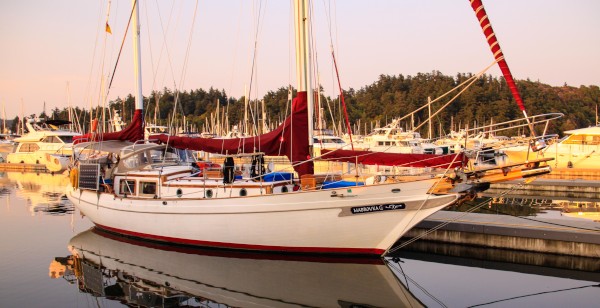 |
The beginning of the South Pacific cruise, heading to San Diego and Mexico
1 Photo | 6 Sub-Albums
Created 15 August 2014
|
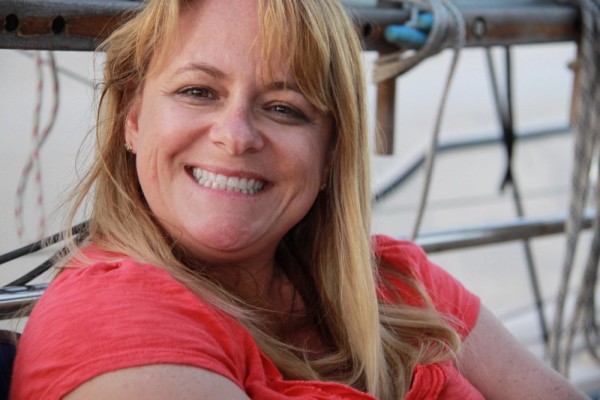 |
Killing time with local sailing and projects before heading south with the Coho Ho Ho cruiser's rally
56 Photos
Created 29 June 2014
|
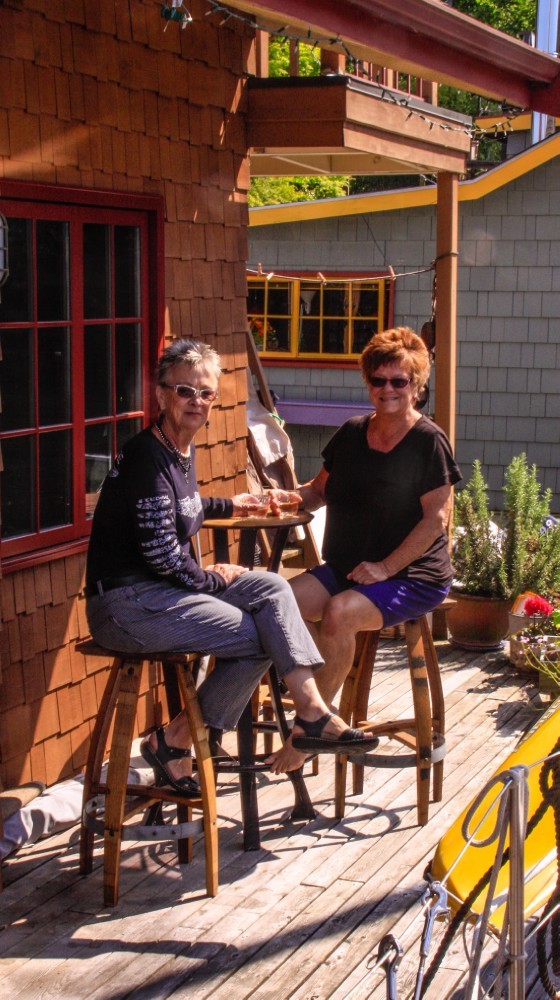 |
Kathy and Karyn (with a "Y") used me as an excuse for a party. I was just fine with that!
25 Photos
Created 31 May 2014
|
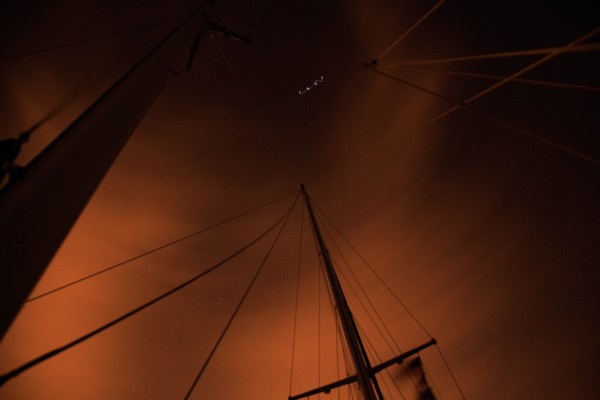 |
Gunkholing in the Seattle area, with me and Mabrouka getting our sea legs back under us.
50 Photos | 28 Sub-Albums
Created 14 April 2013
|
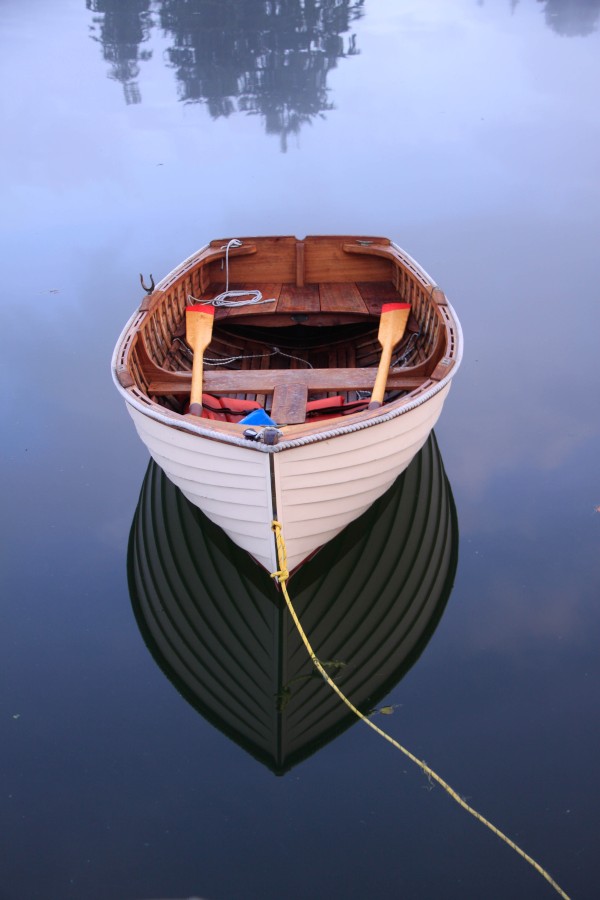 |
Custom made sailing skiff hand-built by NW School of Wooden Boatbuilding in Port Hadlock, WA
18 Photos
Created 21 March 2013
|
Who are we and where are we going?
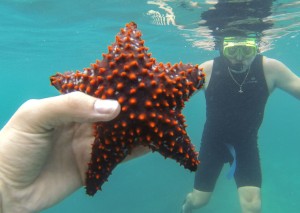
Who: Roy Neyman
Port: Seattle, WA
Blog Entries (newest to oldest)
Favorites
- S/V Valella
- S/V Bint al Khamseen
- S/V Estrellita 5.10b
- S/V Infini
- S/V Soggy Paws
- Coho Ho Ho Sailing Rallye
- Tyee Yacht Club
- Dreamspeaker Cruising Guides
- Wendy Hinman, Tightwads on the Loose
- Iverson's Designs - Dodgers
- Portland Pudgy
- WH Auto Pilot System
- Cool Blue Refrigeration System
- Forespar Whisker Pole
- Sea Tech SSB Radio
- Precision Temp ShowerMate Water Heater
- Ed Foster - Marine & Off-Grid LEDs
- Quickline Storage Reel System
- Danbuoy Man Overboard Pole
- Sea Sensations



